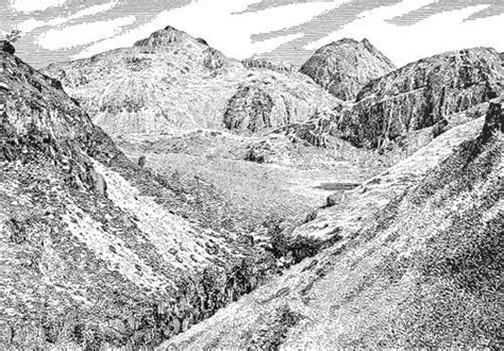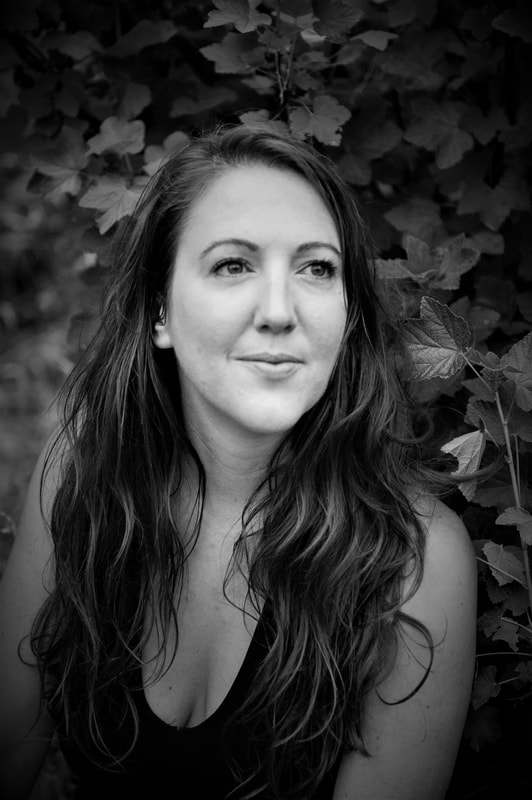|
If the speed-walking naturalist, mountaineer, poet, author and diarist, Dorothy Wordsworth were alive now, I think she’d write for The Guardian; she might be Paul Evans or Alys Fowler, writing the Country Diary, or Gardening Column. Her writing would be credited, attributed, and published (probably by Granta or Canongate). Her collaborations would be akin to Edgelands, Weeds and Wildflowers, or The Lost Words. Herself, Samuel Taylor Coleridge, William and Mary Wordsworth would co-create books like Holloway. Isabella Fenwick would have interviewed them, documenting their process, and, in a few years, Dora Wordsworth (daughter and niece), would publish essays on co-creating with nature, and the innovative, collaborative practises of her family. ‘The two best lines in it are by Mary’ There's was a pioneering way of composing, writing and editing poems, which if it had been more fully represented at the time, could have changed how we make and think about collectively making poems. In fact, if history had been a little different, and William Wordsworth, like Emily Dickinson had only published a handful of poems in his lifetime and the rest had stayed in a drawer in his bedroom, Dorothy Wordsworth would have been the more famous Jonas sibling and William, The Corrs brother. She would have been the Gilbert White of the Lake District, and had the fame and reprints of The Natural History and Antiquities of Selborne. The sun had never once been overshadowed by a cloud during the whole of our progress from the centre of Borrowdale. On the summit of the Pike, which we gained after much toil, though witbout difficulty, there was not a breath of air to stir even the papers containing our refreshment, as they lay spread out upon a rock. The stillness seemed to be not of this world:- we paused, and kept silence to listen; and no sound could be heard: the Scawfell Cataracts were voiceless to us; and there was not an insect to hum in the air In terms of my poetic practise and the subjects I feel drawn to, one of the historical movements I feel most aligned with is English Romanticism. However, I feel a conflict, as a woman, it makes me feel tense; because I know how their collaborators, if female, have gone largely uncredited, and how still there is less attention given to understanding the psyche, influence and experiences of the women involved in this period. & at last under the boughs of the trees, we saw that there was a long belt of [daffodils] along the shore, about the breadth of a country turnpike road. I never saw daffodils so beautiful they grew among the mossy stones about & about them, some rested their heads upon these stones as on a pillow for weariness & the rest tossed & reeled & danced & seemed as if they verily laughed with the wind that blew upon them over the Lake, they looked so gay ever glancing ever changing. This wind blew directly over the lake to them. There was here & there a little knot & a few stragglers a few yards higher up but they were so few as not to disturb… Most people can separate the humans from the work the humans make, especially if they’re long dead, but I find myself, for whatever reasons, struggling to do this. I can have a tendency to try to justify the actions of the time in terms of religious and societal pressures and norms, to make myself feel more at peace: however, when I compare the English Romantics to the American Transcendentalists of the same era, the Transcendentalists were setting up utopian, vegan farms, with equal pay for women and men; Margaret Fuller, one of the leading Transcendentalists was editor of the influential magazine, The Dial editing and deciding who did and didn’t get published; whilst Lord Byron, was ignoring the letters from one of his closest friends (Percy Bysshe Shelley) and Claire Clairmont (step-sister of Mary Shelley), the mother of Alba, his daughter; a daughter he later took away from her mother, renamed, and sent to a convent, aged five, where she died without any family present. When he received a letter informing him that she was ill, he did not go to visit her, or inform her mother. When I read personal histories with pieces missing, that champion certain Romantic poets as solitary geniuses, or depict key moments of their lives without showing the full psychological impact of everyone involved (and thus the reality of the emotional life for the main subject), they don’t feel truthful, or credible, or new. I would rather have the tension and relief of honesty: William Wordswoth was a brilliant poet, he both plagiarised and credited his sister for some of her work, perhaps he loved two women equally and simultaneously, he left one, Annette Vallon, to be a single mother. Lord Byron had the capacity for immense cruelty and regret, perhaps he was a true free spirit, or, perhaps he had an inability to commit. We are all imperfect, kind and cruel, awful and wonderful, giving and snatching, prejudiced and progressive, egotistical and thoughtful. ‘She gave me eyes, she gave me ears’ If the Romantics were alive today, I’m sure some of them would practise relationship anarchy, be poly-amorous, poly-curious, or in open relationships. Some might argue that they were practising “free love” long before the 1960s. Their version of free love though, was not weighted equally, it mostly benefited one person in each relationship, not two, or three, and certainly not the children of their relationships. It did not have the progressive, transformative qualities of some of their other beliefs. When polyamory is based on honest communication, love and mutual agreement; it’s beautiful, and can be empowering, liberating and healing for women. When it’s not, when it is lopsided and driven by one person, it’s not. Polyamory is about loving relationships, about caring for yourself, loving more than one person, and being equally loved, respected and cared for in return. In more recent, more liberal times, if the two women, Mary Hutchinson and Annette Vallon, and William Wordsworth had been poly, their lives would have been drastically different, but this was a time where to be married was to be legitimate, and to be illegitimate was to be abandoned.
4 Comments
Carol Gilham
2/17/2020 02:06:30 am
Thought provoking—thank you! Beautifully written, too. I look forward to exploring your poetry as well as reading your blog. I hope Sam Read stocks your work.
Reply
Wild woman of Literature from Cumbria
2/17/2020 04:20:17 am
Dorothy deserves far more credit than she gets. Her life would be a great subject for a biopic. She inspired her brother and was must definitely plagiarised by him.
Reply
Annette
2/26/2020 03:15:03 pm
My partner came to your poetry reading tonight and I was intrigued - when he said you were poet in residence & a free diver/swimmer and I was intrigued!! So checked you out - and really enjoyed reading your poems - and your insightful blog - and the insets you’ve included elsewhere in your writing about the paper - the rain - the sun and the wheat too!!
Reply
4/29/2021 05:19:36 pm
As us epee pad is the latest model of the laptop which was launched few days ago. The images of the laptops in different angles along with the full specifications are written in the current blog which you should read.
Reply
Leave a Reply. |
Author
Anna Selby is a naturalist and poet. Archives
December 2020
Categories
All
|


 RSS Feed
RSS Feed